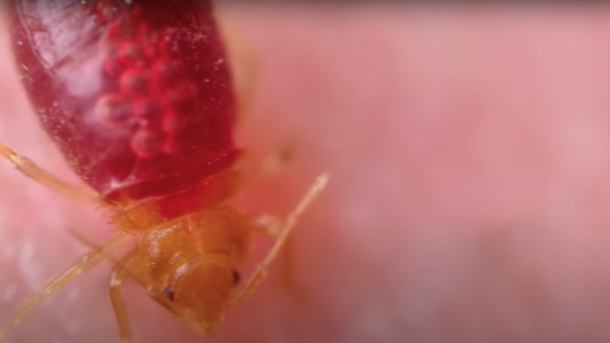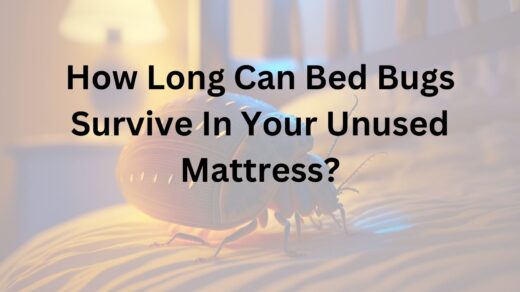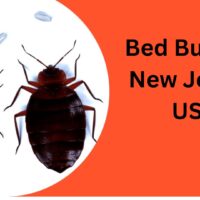Introduction
Bed bugs are small, blood-sucking insects that feed on humans and animals. They are tiny, wingless creatures that hide in mattresses, bed frames, furniture, and cracks and crevices. Bed bugs can be a major nuisance and can cause health problems, including allergic reactions and skin irritation. In this article, we’ll discuss everything you need to know about bed bugs, including their characteristics, behavior, prevention, and treatment.
What Are Bed Bugs?
Bed bugs are small, oval-shaped insects that are approximately the size of an apple seed. They are typically reddish-brown in color, although they can appear lighter or darker depending on their age and whether or not they have recently fed.
Bed bugs are nocturnal and prefer to feed on human blood. They can survive for several months without feeding, making them difficult to eradicate once they have infested a home.
Characteristics of Bed Bugs
- Size: 1/4 to 3/8 inches in length
- Shape: Oval-shaped with a flattened body
- Color: Reddish-brown
- Wings: Wingless
- Antennae: Yes
- Legs: Six
How Do Bed Bugs Spread?
Bed bugs can spread easily from one location to another. They can hitch a ride on clothing, luggage, or furniture and can infest new areas quickly. Bed bugs are commonly found in hotels, dormitories, and apartments, but they can also infest single-family homes.
Once bed bugs have infested an area, they can reproduce quickly, making it difficult to get rid of them.
Signs of Bed Bug Infestation
- Small, red bites on the skin
- Blood stains on sheets or pillowcases
- Fecal stains on bedding or furniture
- A musty odor
Prevention and Treatment of Bed Bugs
Preventing a bed bug infestation is much easier than treating one. Here are some tips for preventing bed bugs from infesting your home:
Prevention
- Check hotel rooms for signs of bed bugs before staying
- Inspect secondhand furniture before bringing it into your home
- Seal cracks and crevices in your home
- Vacuum your home regularly
Treatment
If you have a bed bug infestation, it’s essential to act quickly to get rid of the bugs. Here are some treatment options:
- Wash all bedding, clothing, and curtains in hot water and dry on high heat
- Vacuum your home thoroughly, paying close attention to cracks and crevices
- Use an insecticide specifically designed for bed bugs
Conclusion
Bed bugs can be a major nuisance, but they are treatable. By taking preventative measures and acting quickly if you suspect an infestation, you can keep your home bed bug-free.
If you do find yourself dealing with a bed bug infestation, don’t panic. There are plenty of effective treatments available to help you get rid of these pesky insects.
Bed Bug FAQs
Q1. Can bed bugs fly?
No, bed bugs cannot fly.
Q2. Can I get sick from bed bugs?
While bed bugs are not known to spread disease, their bites can cause allergic reactions and skin irritation.
Q3. Can bed bugs infest my car?
Yes, bed bugs can infest cars if they are brought in on clothing or other items.
Q4. Are bed bugs attracted to dirty homes?
No, bed bugs are attracted to blood and can infest any home, regardless of cleanliness.
Q.5 How long can bed bugs live without feeding?
Bed bugs can survive for several months without feeding, making them difficult to eradicate once they have infested a home.












